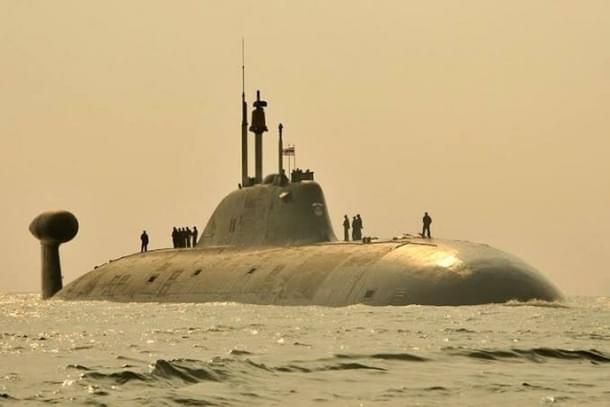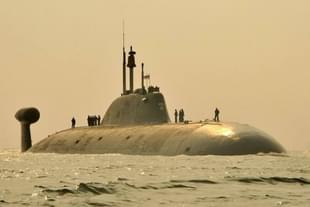Defence
A US Base On Bangladesh's St Martin's Island Would Be Uncomfortably Close To India's Nuclear Submarine Facility
Ujjwal Shrotryia
Aug 12, 2024, 06:38 PM | Updated Aug 19, 2024, 03:19 PM IST
Save & read from anywhere!
Bookmark stories for easy access on any device or the Swarajya app.


Just as Bangladesh's former prime minister Sheikh Hasina did not surrender Saint Martin's Island to the United States and suffered the fall for it, India too would not want a US base on the island.
Saint Martin's Island, located in the northeastern part of the Bay of Bengal, is a small coral island.
The three-square-kilometre coral island is situated very close to Bangladesh and Myanmar, both of which are going through internal political and military instability.
Last week on Saturday (10 August), excerpts of Hasina's alleged undelivered speech, which she had prepared before her resignation but was unable to read due to the threat to her life, were released in the media. The speech reportedly quoted Hasina as saying that she would have remained in power if she had surrendered Bangladesh's sovereignty over Saint Martin's Island to the US.
Her son, Sajeeb Wazed, on Sunday, (11 August), denied these claims, stating that "the statements attributed to my mother published in a newspaper are completely false and fabricated."
Regardless of the truth behind these allegations, India's strategic concerns are clear. It is a fact that India itself would not be too pleased with a US military presence on the island.
Many of India's most critical military infrastructures are on its eastern coastline. This includes the under-construction naval base — INS Varsha —that will house India's ballistic missile nuclear submarines. It is located at Rambili in Andhra Pradesh, just 50 kilometres away from Visakhapatnam, the Indian Navy's Eastern Naval Command headquarters.
Additionally, Abdul Kalam Island, from where India tests its tactical and strategic missiles, is situated off the coast of Odisha.
Having a US military base so close to the sea-borne leg of India's nuclear triad, a major weapons testing facility, and a Naval Command headquarters is a major red line for New Delhi.
The US military, when operating from Saint Martin's Island, could keep a close eye on India's relatively small nuclear deterrent posture, which in the near-to-mid term will only have two to three ballistic missile nuclear submarines, potentially rendering the deterrence redundant.
Moreover, the US could monitor Indian missile tests and gather data, which could help them predict or identify the capabilities of these missiles, giving them a potential advantage.
Furthermore, given that Indian submarine crews are not as experienced and its SSBNs relatively noisy, India is likely to adopt a bastion strategy — where its SSBNs operate close to its coastline, within a protective anti-access area created by other naval assets. This strategy would allow these submarines to launch their nuclear-tipped missiles from a relatively secure environment, minimising the risk of enemy retaliation.
This is unlike the open ocean patrol strategy where the SSBNs patrol in deep ocean water solely relying on its stealth.
A US base on Saint Martin's Island could jeopardise this bastion strategy by bringing surveillance capabilities uncomfortably close to India’s protected maritime zones.
Although the US and India are both democracies and allies, apart from being part of multiple global organisations, there are still several areas where India and the US do not see eye to eye.
This includes India's support of Hasina's government, which the US regards as dictatorial and tyrannical, India's neutral stance towards Russia, and India's tough stance towards Khalistani terrorists.
India and the US have publicly divergent stances on almost all of the above issues.
The US has a history of displaying a hostile attitude towards countries that do not toe its line. Saudi Arabia is a prime example of this. When the Saudis did not follow the American diktat to stop their assault on Yemen, the US blocked the sale of critical bombs and weapons to the country.
Many in India believe that India could also be slapped with similar measures, which is why the US military coming so close to India can be troubling for its security concerns.
Now that Hasina has been ousted and the new interim government is in place, whether the US can influence the new government to cede sovereignty over Saint Martin's Island in its favour remains to be seen.
Staff Writer at Swarajya. Writes on Indian Military and Defence.





